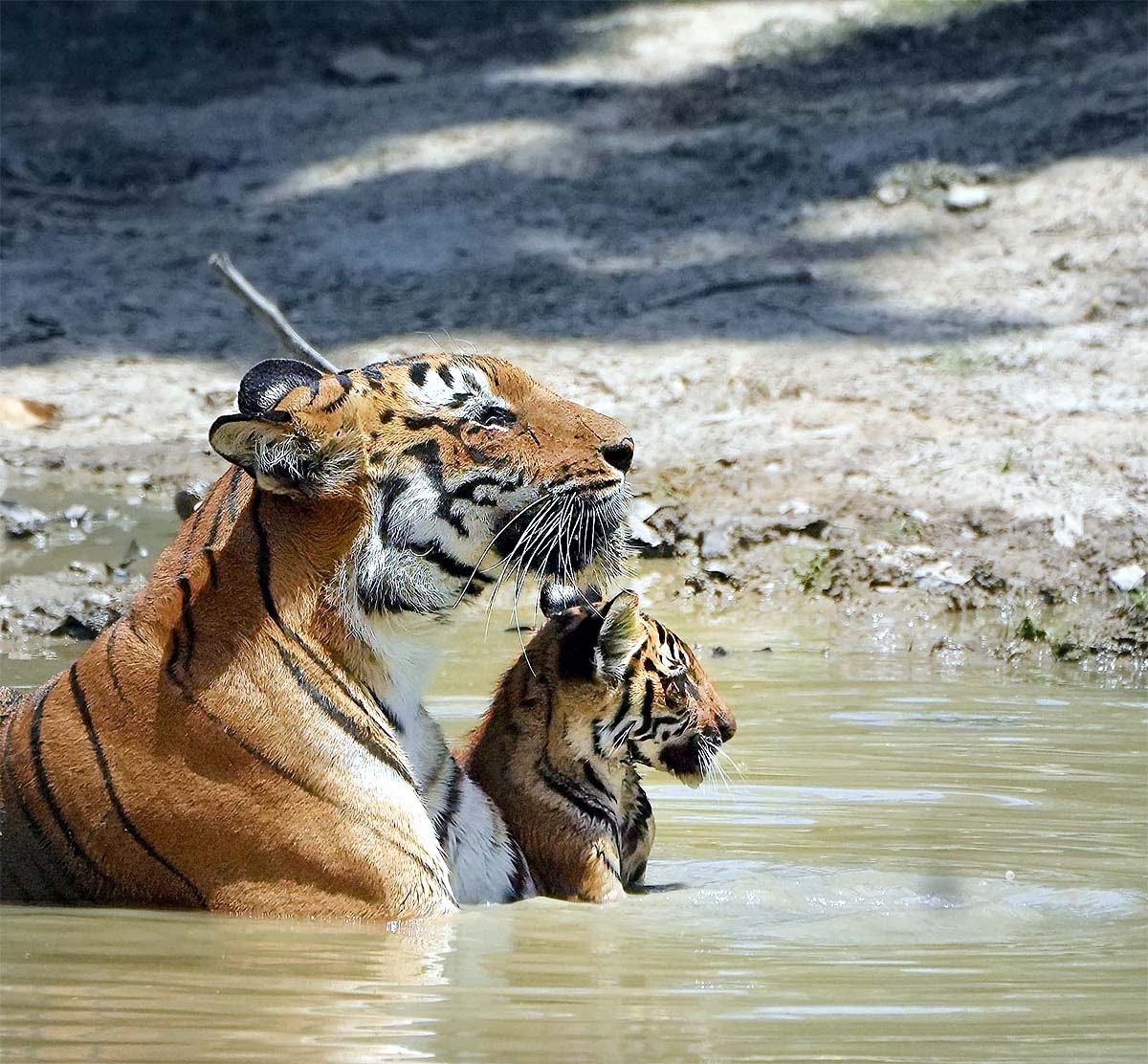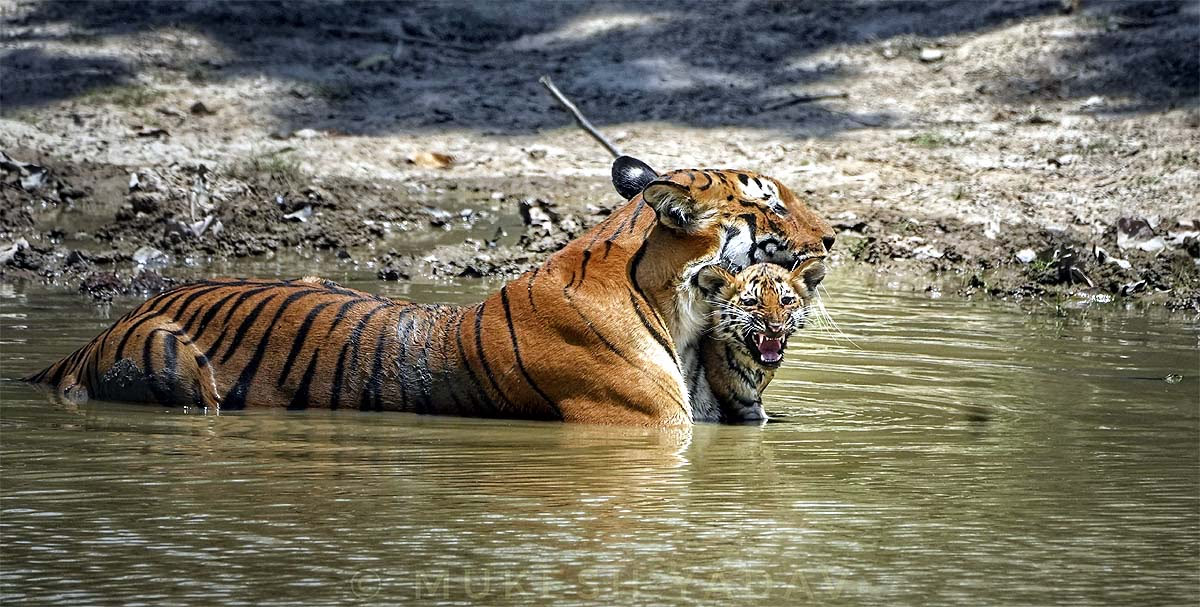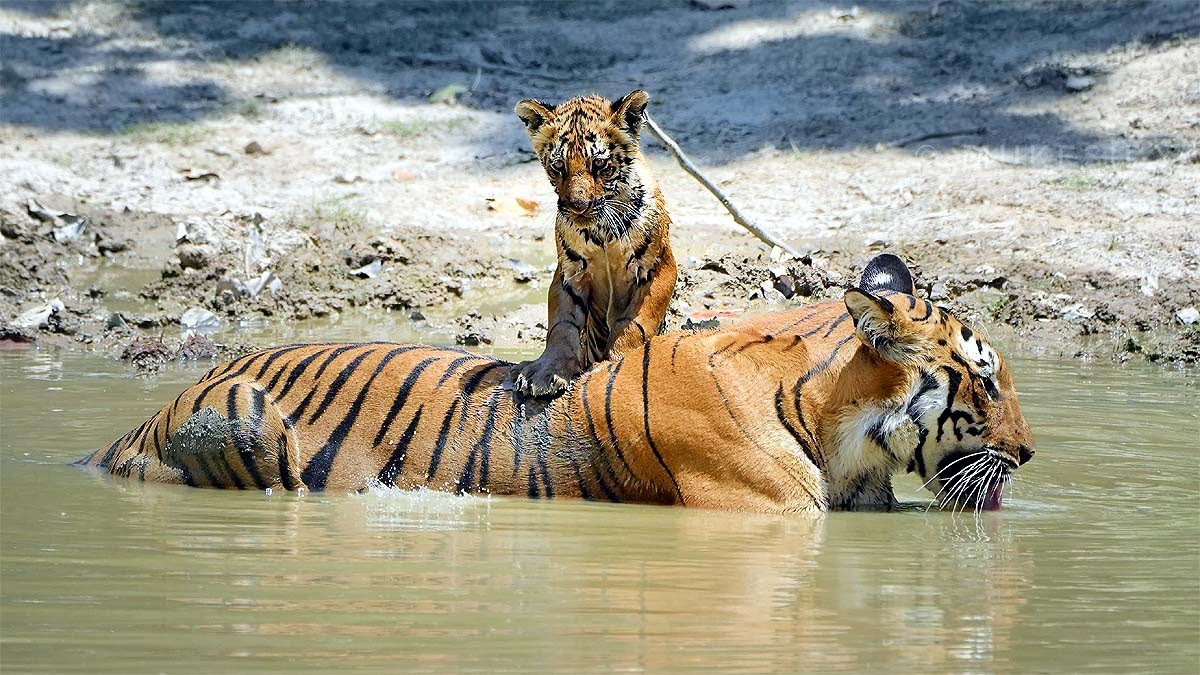Today marks International Tiger Day, celebrated annually on July 29. Its purpose is to raise awareness about tiger conservation worldwide and promote efforts to save these majestic creatures.
International Tiger Day was established at a tiger summit in St. Petersburg, Russia in 2010, responding to a significant decline in tiger populations. Let's explore the current tiger count globally and where they thrive, particularly in India.
How Many Tigers Remain in the World?
A century ago, tiger numbers were in the millions. However, due to poaching, habitat destruction, and illegal trade, they have dwindled rapidly. Today, tigers are classified as an Endangered Species worldwide.
Also Read:

Source: aajtak
According to the 2022 global tiger census, approximately 3890 to 4000 tigers remain worldwide. Given the challenges in counting these elusive cats, this is an estimate.
Reasons for Decline: Poaching, habitat destruction, and illegal trade in tiger parts such as skin and bones are the primary culprits.
A Ray of Hope: Conservation programs, particularly in countries like India, are driving an increase in tiger populations, helping to stabilize global numbers.
Where Do Tigers Live?
Tigers are primarily found in Asia, with a few key countries hosting significant populations. These are the notable nations and their estimated tiger counts...

Source: aajtak
India: The largest number of tigers is found in India. As of the 2022 census, it hosts about 3682 tigers, representing roughly 75% of the global population.
Russia: Siberian (Amur) tigers inhabit the remote eastern forests of Russia, numbering around 500-600.
Indonesia: Sumatran tigers are found here, numbering approximately 400, and are critically endangered.
Nepal: About 350-400 tigers reside in Chitwan and Bardia National Parks.
Malaysia: The Malayan tiger numbers around 150 and is dangerously close to extinction.
Bangladesh: Approximately 100-120 tigers roam the mangroves of the Sundarbans.
Thailand: The Indo-Chinese tiger population is around 150.
Countries like Myanmar, Bhutan, and China have dwindling tiger numbers (50-100) or have nearly lost them altogether. According to the Global Tiger Forum, without concerted conservation efforts, tigers could vanish from many areas.
Also Read:
Where Are Most Tigers Found in India?
India leads in tiger conservation with 53 tiger reserves dedicated to their protection. The 2022 tiger census reported 3682 tigers, a 24% increase from 2967 in 2018. This growth results from Project Tiger and the National Tiger Conservation Authority (NTCA). Let's check India's top tiger locales...

Source: aajtak
Jim Corbett Tiger Reserve, Uttarakhand:
India's first tiger reserve, it has the largest tiger population. In 2022, 260 tigers were captured on camera here. It's famed for tiger safaris and has stringent anti-poaching measures in place.
Bandipur Tiger Reserve, Karnataka:
Part of the Nilgiri Biosphere Reserve, home to around 150 tigers. Tigers thrive here due to the availability of prey like elephants and deer.
Nagarahole Tiger Reserve, Karnataka:
Houses 141 tigers, also part of the Nilgiri Biosphere, offering a secure environment for tigers.
Bandhavgarh Tiger Reserve, Madhya Pradesh:
Madhya Pradesh leads with 785 tigers, and Bandhavgarh alone hosts 135.
Also Read: Operation Mahadev's Seized Weapons and Their Features
Kanha Tiger Reserve, Madhya Pradesh:
Home to 105 tigers, renowned for its biodiversity.
Other Notable Sites:
Kaziranga (Assam) with 104, Sundarbans (West Bengal) with 100, and Tadoba (Maharashtra) with 97 tigers.
States like Madhya Pradesh, Karnataka, and Uttarakhand are leading in tiger conservation, but others like Odisha, Jharkhand, and Arunachal Pradesh are facing declines.

Source: aajtak
Challenges in Tiger Conservation
Poaching and Illegal Trade: Demand for tiger skin and bones remains a threat.
Deforestation: Human expansion reduces tiger habitats.
Prey Deficiency: Declining numbers of deer and wild boar leave tigers hungry.
Human-Tiger Conflict: Tigers may attack humans and livestock outside reserves, causing friction with local communities.
India has launched initiatives like Project Tiger (since 1973) and NTCA to combat these challenges. Strategies include camera trapping, drones, and strict patrolling, which have led to reduced poaching.
What Do Experts Say?
Experts view India's model as exemplary globally but call for more efforts to expand forest cover and prey populations. Some areas, like segments in Mizoram and Jharkhand, have lost all tigers. Without balance, the progress may stall.




